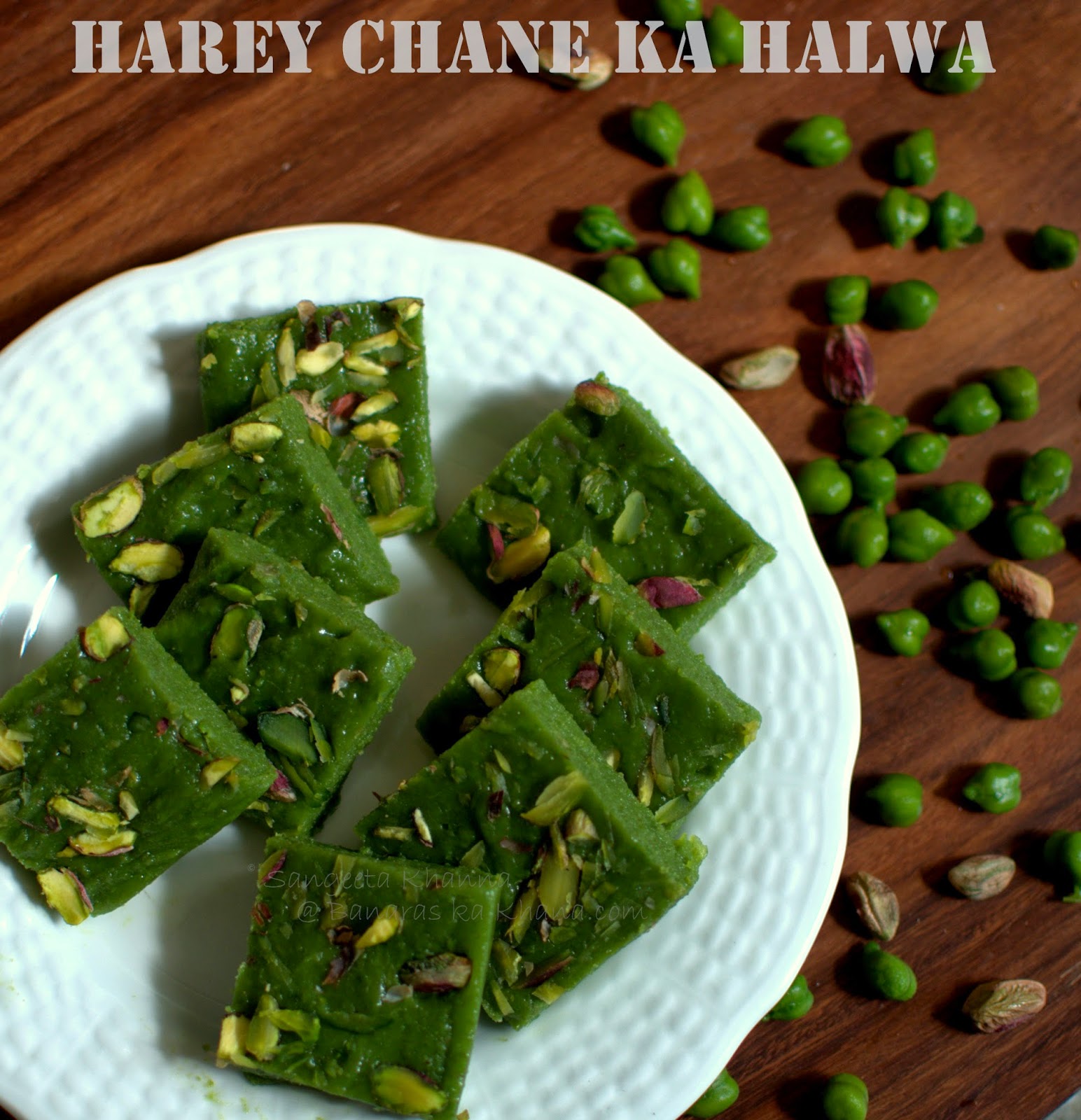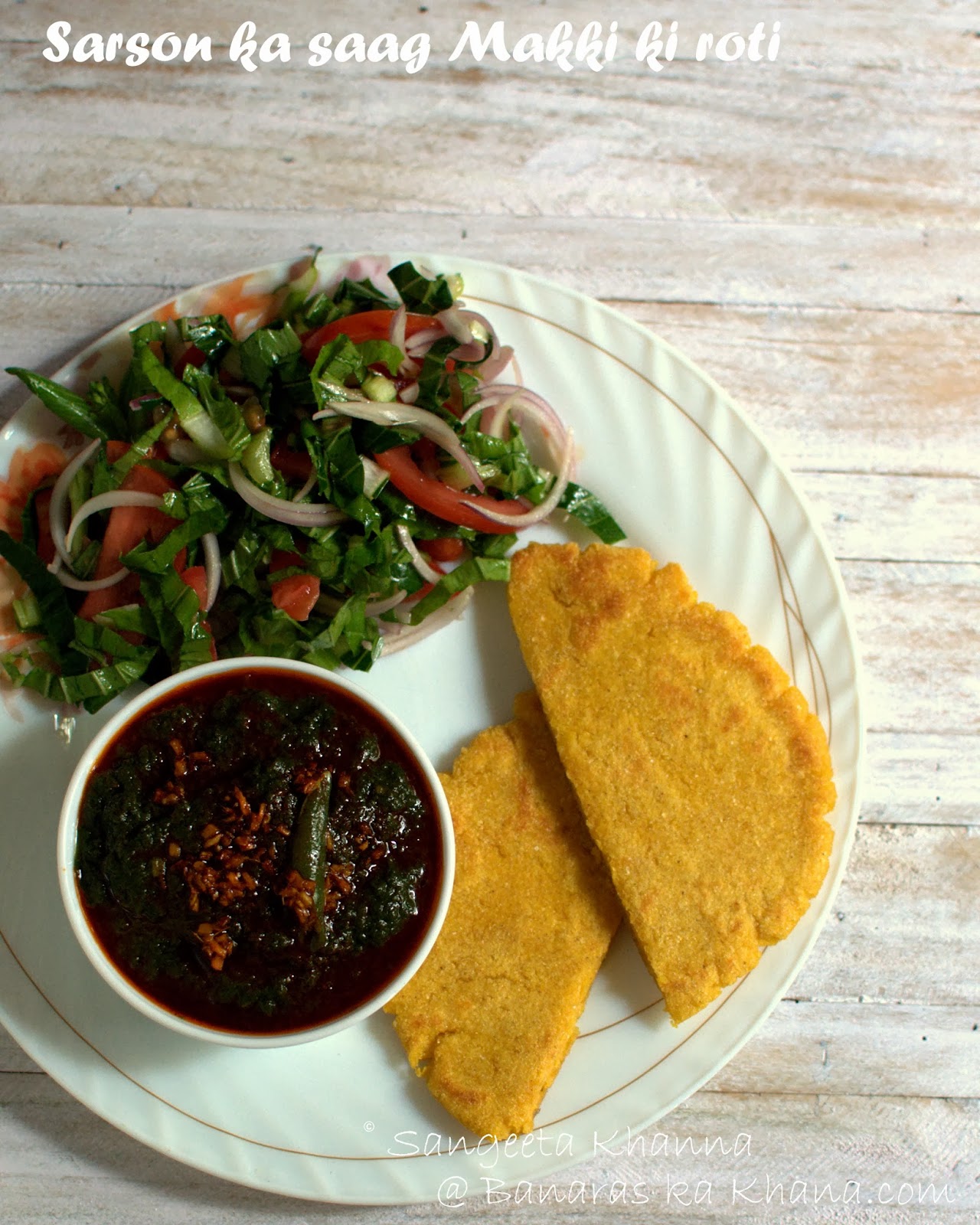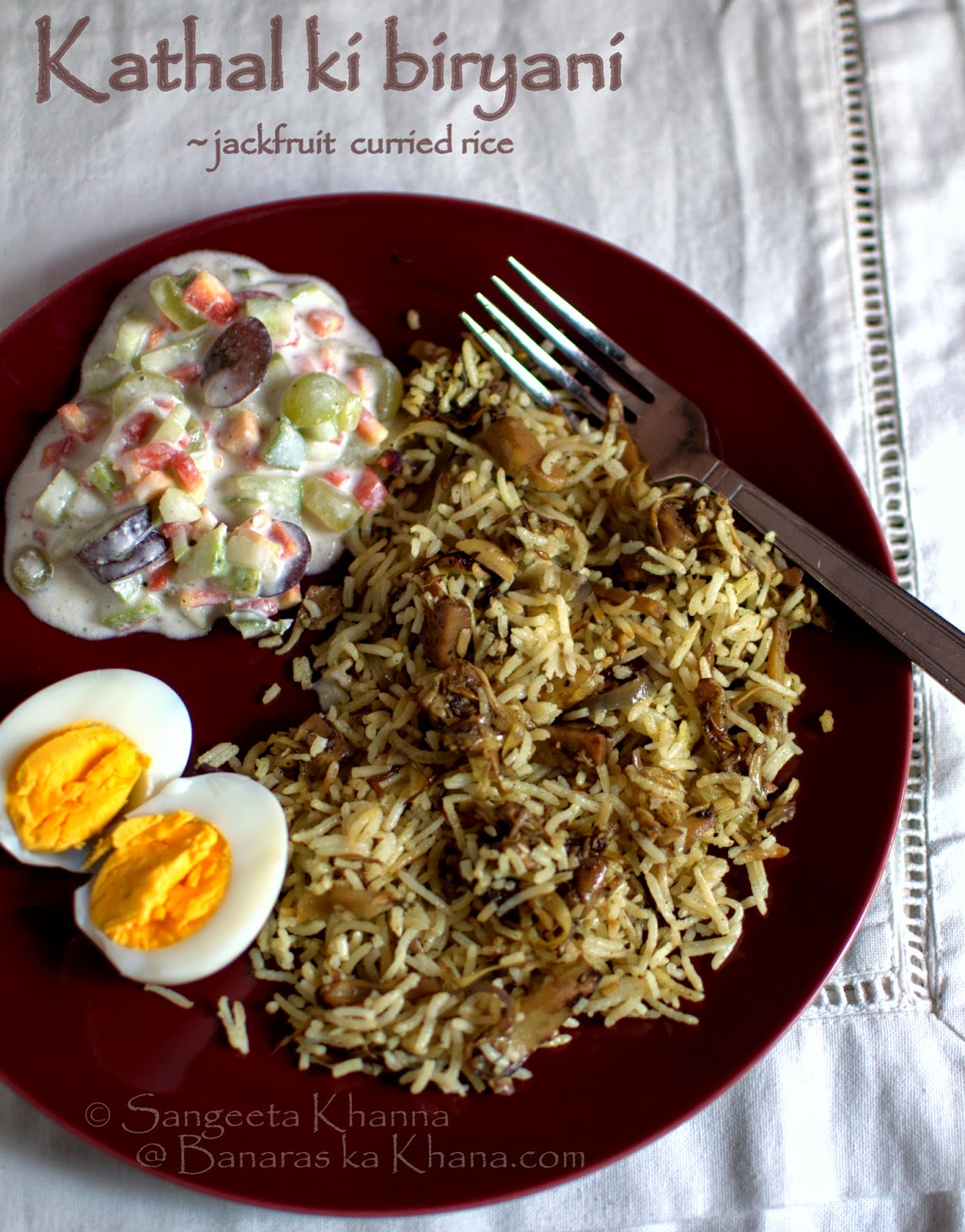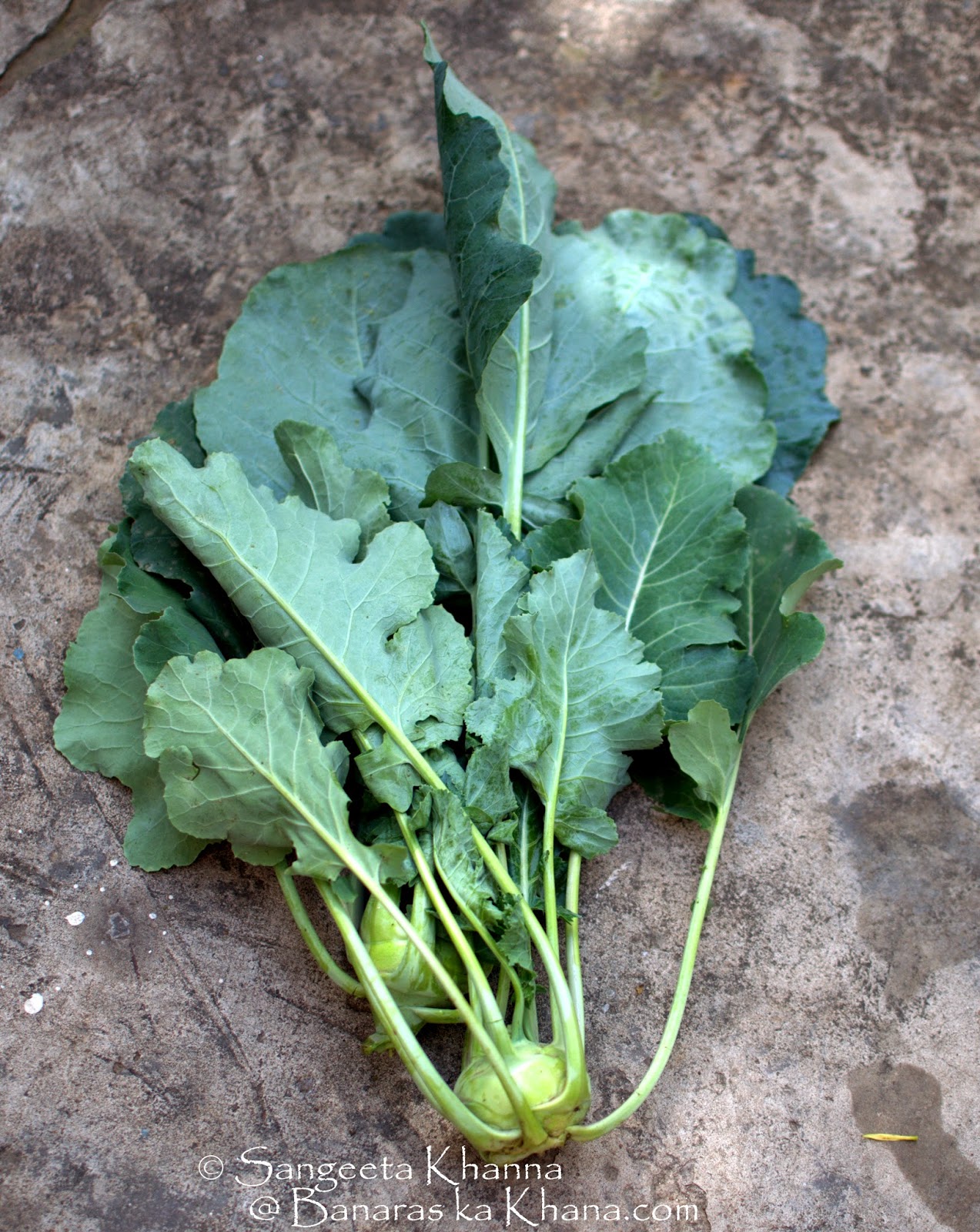We have such diverse culture of cuisines, some foods we eat have had a history deeply rooted in our own land and some others came travelling across the mountains or sailing across oceans. All our regional foods have had influences from the travelers and traders coming to India and many new ingredients have been added to our repertoire of vegetables and fruits. So the cuisine of the land kept getting richer and richer as as we welcomed the potatoes and tomatoes of the world with open arms. The chillies of various hues and shapes became as Indian as the black peppers. I love the way we have so many shades of foods and cuisines spread lavishly all over our country. We make new discoveries now and then, the beauty of living in abundance.
Parsi food was a new discovery of sorts amidst the quirky decor and witty one liners strewn all over a quaint little place called
Soda bottle opener wala. Yes even the name of a restaurant is quirky, just like the Parsis are.
I have not known Parsi food much, I wish I had known the nuances better. I have tried a few recipes from the magazines I have been rummaging since ages. Even before internet there were these magazines and I learnt the lagan nu custard, popatji (a Parsi version of small fried pancakes of Dutch origin called Poffertjes), patrani machhi and salli boti. My Parsi repertoire was limited to these and I never questioned myself on how authentic Parsi my dishes tasted as I have never had them in a Parsi household.
And then I heard of this new restaurant in Cyberhub named as Sodabottleopenerwala, an enterprise of the famous restaurateur A.D. Singh and the menu conceptualized by
Chef Sabyasachi Gorai. A Parsi restaurant that resonates with the Irani cafes of old Bombay, it was a much needed space to be filled in the Punjabi heartland. The reviews kept pouring in, I saw the pictures that friends shared and the place kept calling me. I was meaning to go there since the very beginning but something or the other kept me from it. It was
Ruchira who suggested we meet there and the plan was made within minutes,
Deeba reached early, I had to ask for directions and Cyberhub took our breath away by it's vibrant young crowd, an art exhibition going on and fancy eateries all around.
The menu cards are so quirky you would hold them for a while and smile wide.
Iranis don't feast with their eyes, but their nose. One of the 'statements' on the menu card says.
Did I tell you how we loved the food and stuffed ourselves to the gills. Literally. I felt as if I had known Parsi food for ever, easy on the palate, homely and served with so much warmth.
Raspberry soda was phenomenal, lightly sweet and tart drink with soda that includes the pulp and crunchy seeds of raspberry. They say 'Nothing comes between an Irani and his egg, except Raspberry'. No wonder :-)
The
Masala Soda was good, the sweetest of the lot as expected, but good. The muddled
Shikanjbin with crushed plums was wonderful. Good drinks to wash down the ample amount of food we had.
We tried the
Goan Sausage Pao, the
Kheema Pao,
Tameta Papeta per Eeda,
Aloo Aunty's Vegetable Cutlet,
Bhendi Bazar Sheek Paratha and the
Vada Pav. Each one was better than the other and even the chutneys and onion rings were perfect.
Aloo Aunty's Vegetable Cutlet was panko crusted mixed vegetable cutlet, one of the best vegetables cutlet that I have tasted, very good texture. The tamarind chutney served with it was perfect too.
The Vada Pao was just like we had at a Linking Road shop at Bombay, yummy to the core. The
Keema Pao was lipsmackingly good. The keema subtly spiced and the Pao soft and spongy, FRESH. The portions are so suitable for my kind of eating, you can have 2 nibbles of bread with all the keema, the way I like it.
Tameta Pateta per Eeda is totally my kind of food, those who follow me on
my facebook page, would know why. It felt like comfort food :-)
The
Bhendi Bazar Sheek Paratha is yet another classic, though I don't like any roti of this kind now, but the taste and textures in this were something I would have loved 2 decades back. It reminded me of a few favourites from the past. This one thing I wont order when I go back to SBOW again but I know many who would be content with only this kind of sheek paratha.
The
Parsi special Patra-ni Machhi was done using Basa fillets, small parcel of coconut soaked fish with flavours of coriander greens. Done perfectly I must say, though I like it with Pomfret or Bhetki fillets better. But Basa is becoming popular with Delhi folks as most of them don't like a fishy fish.
Nicely done, good flavours.
By now, I was eyeing the
Berry pulao. Yes I was. It looked so good and the server told us to mix it well so the flavors seep into the rice, Ruchira mixed it well and we took several helpings of this delectable Berry pulao with boneless chicken.
One of the best pulaos that I have had. I want to recreate it at home definitely.
Oh I want to cook it next week. Can't wait for this berry pulao, or I might go to SBOW again. This is addictive stuff.
This Kolmi vada is a Prawns fritter that is nested within rings of onion, battered lightly and deep fried. The sinful indulgence that makes you feel guilty. I stopped myself at one, but it was done perfectly.
Salli Boti was a known flavour. This is the only dish that is made using mutton on bone as Arunava (Manager at SBOW) informed us and it does full justice.
I loved the way almost everything is served in baking pans and tins. It adds the feel of home cooked food, served in a homely manner. The only place I know that serves food in baking pans is
The pizzeria at Banaras, that is in its own league.
The desserts were good too. The
Five Star Brownie kept Ruchira amused. It was good indulgence of dark chocolate and bits of five star chocolate in it, oozing the salted caramel.
The
Toblerone Mousse was good too. I am not too find of chocolate so took a bite from each. Both were well made.
I found the
Mawa Cake really good. Might bake it myself sometime soon. A rich, slightly dense cake that is tastes great by itself. Would be a good accompaniment to tea or coffee. Loved the presentation, slightly quirky, totally classy I must add.
The reason I like all our traditional foods is, the food is real. Not factory produced uniform shapes of this and that assembled in a front kitchen that tastes boring even though the food is addictive sometimes, thanks to additives and taste enhancers. Not the case with real food served by passionate Chefs working in real kitchens. This was the thought when I dug into the Tameta Papeta per Eeda and found it as good as home cooked. And the story unfolded into even better flavours, you witnessed it with me right now.
It really felt like sitting with a Parsi family and the icing on the cake was when Anahita Dhondy suggested a lemongrass ginger brewed tea to wash down the crumbs of Mawa Cake. It was just perfect.
The only thing I would never order is that stupid Falooda. I hate falooda even though it has one of my favourite things in it. The subza seeds. Subza seeds (Basil seeds) are wasted in Falooda I feel.
Okay I wont crib about falooda now. I didn't take a sip from the glass and I loved loved every single thing we tried at SBOW. That is incredible by any means
I never knew
Lemongrass and ginger brewed tea was a staple in Parsi Households. It has been my favourite for ages. I told you I felt at home, I felt like eating in a Parsi household.
Wanted to tell you one more thing, I always get the idea about an eatery by the kind of people it attracts, that is when we travel and look for places to eat. Here at Soda Bottle Openerwala you would see many Parsis frequenting the place, many of them senior citizens and that makes you trust the place even more.
I was talking about history that is deeply rooted in the food culture. Sodabottleopenerwala keeps the promise.






















































































.NEF.jpg)

.NEF-001.jpg)
